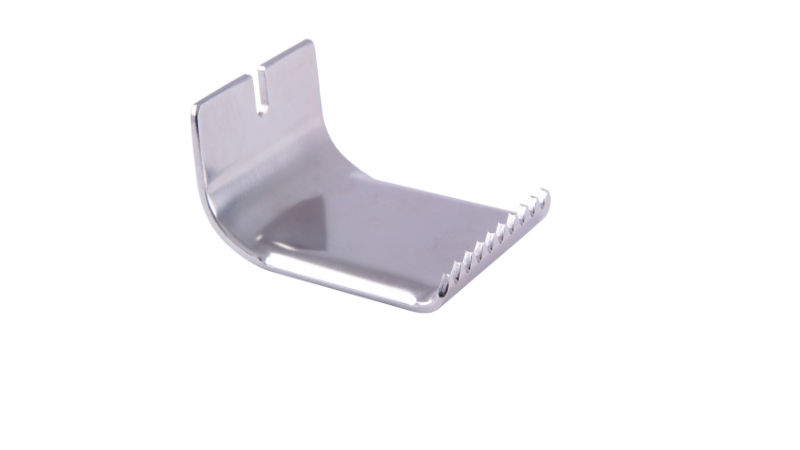When advanced, innovative and unique medical devices are in the design phase, all companies that are contracted to provide different components should be involved or at least consulted.
This is important as often the small details, such as the design of medical devic cables and connectors need to be considered as part of the big picture of the design. Failing to do so can end up delaying the move from design to prototype and then to production, all because the systems within the device were not designed with the cable type and configuration in mind.
Different Options
There are many different materials that can be used in the design and development of medical device cables. The shield or the cable covering has to be specifically designed to be used in a very specific environment.
This may include standing up to extreme temperatures required for autoclaving and sterilization of medical devices. It may also mean providing a completely non-reactive surface for use in specific types of devices that may be used externally or internally.
Virtually all of these cables will need to be moisture-proof. This extends beyond just the cable shielding to the ability to provide a complete seal between the cable and the connector and in the connector design as well.
Meeting Standards
Any type of medical device cables that are used in implants will need to meet biocompatibility standards that have been developed by the United States Food and Drug Administration. This is also the case for cables used in dental equipment and for monitoring with ECG equipment and invasive types of blood pressure measurement systems.
In addition to large cables, there are also micro-cables used within medical implants and devices. These cables also have to meet extremely rigorous standards and validation processing including having medical grade metals and biomedical surface coating for patient safety.


